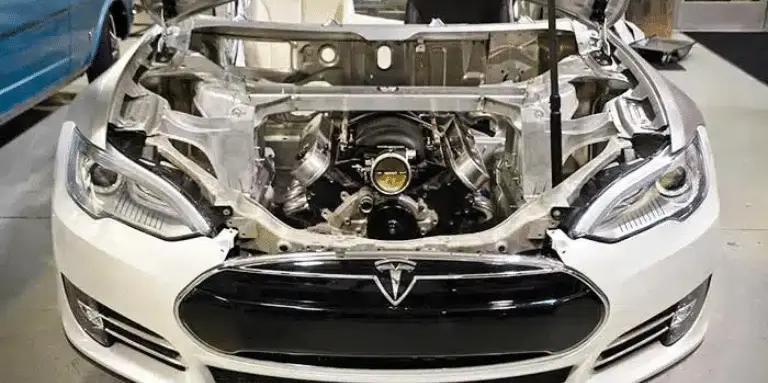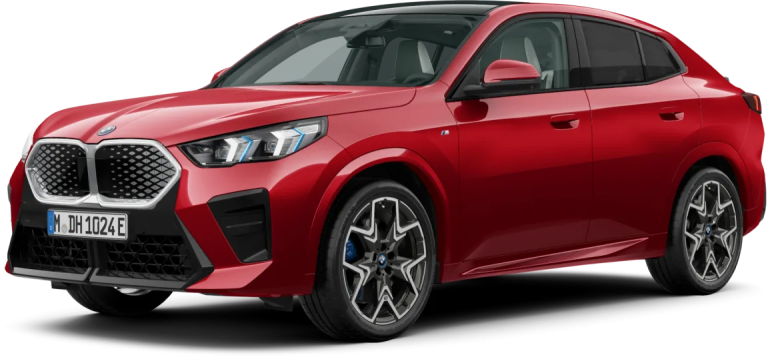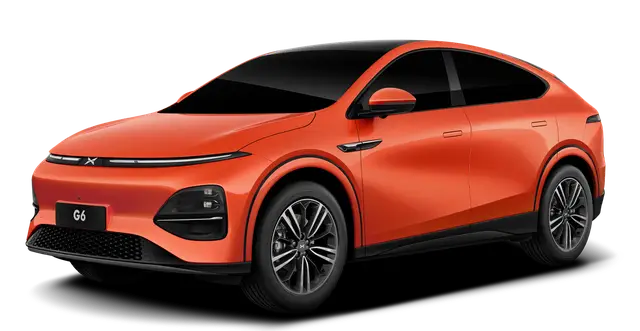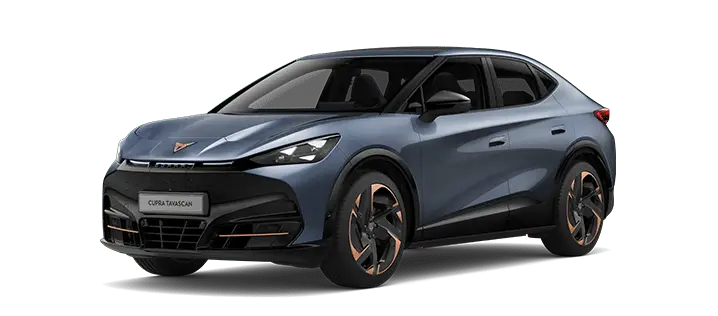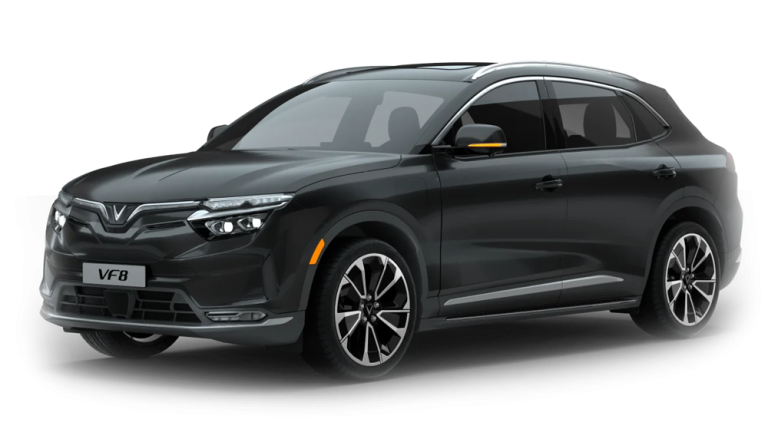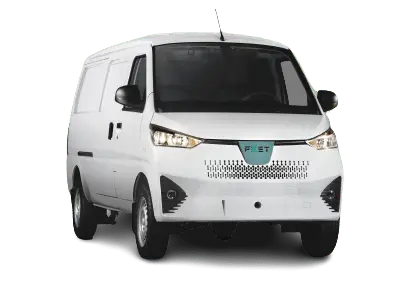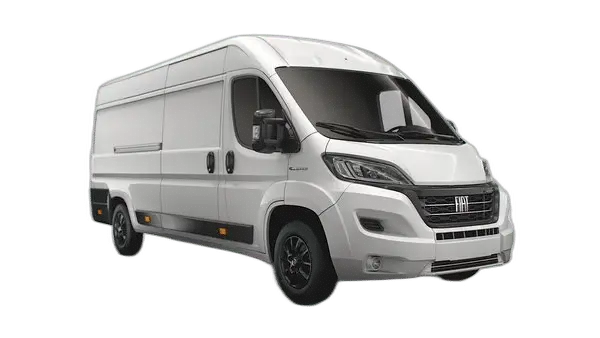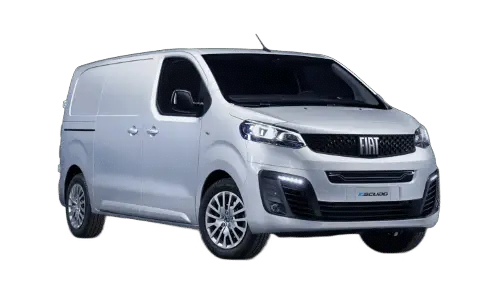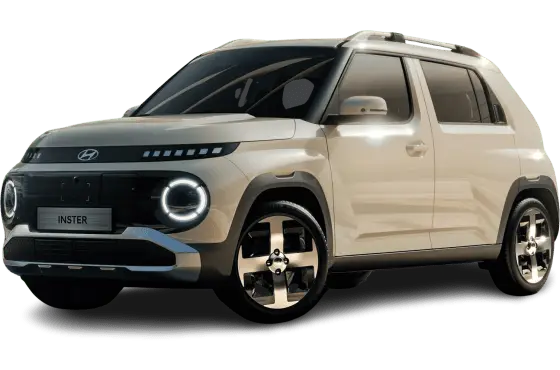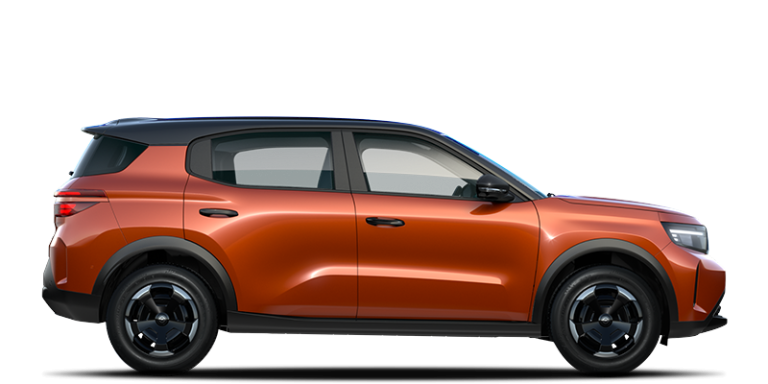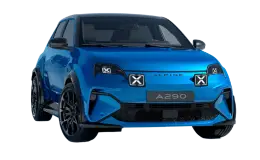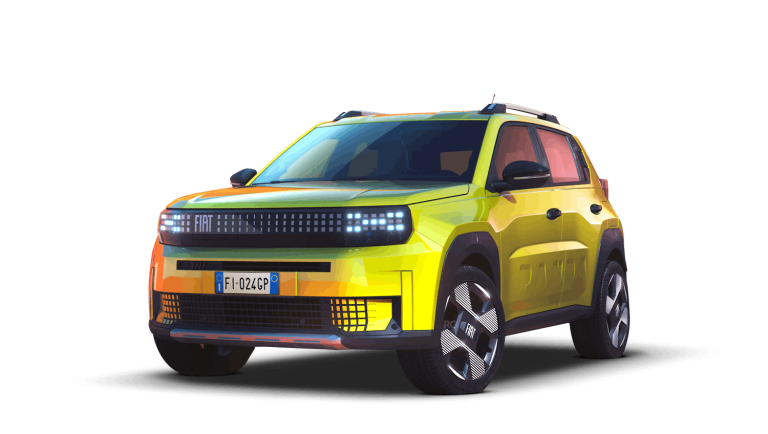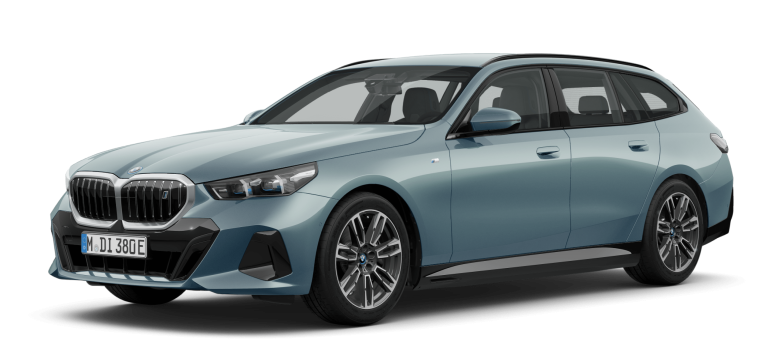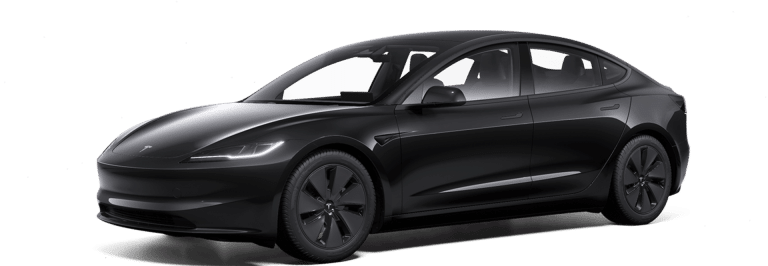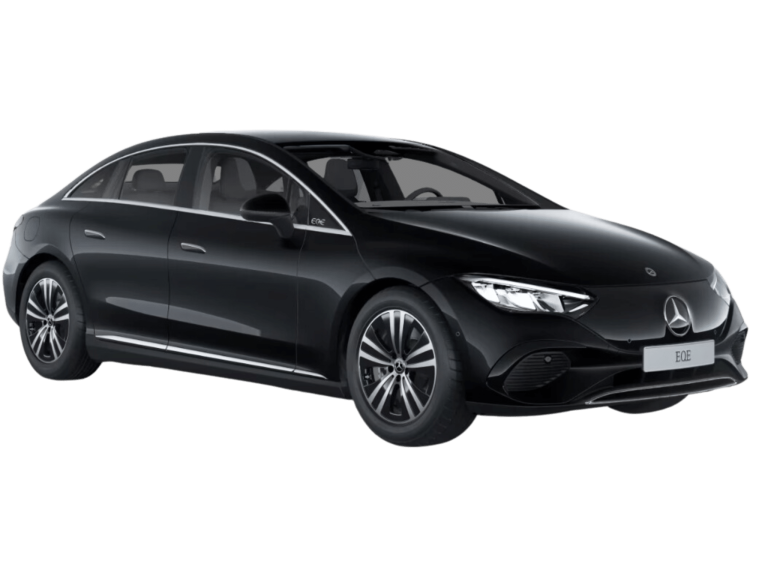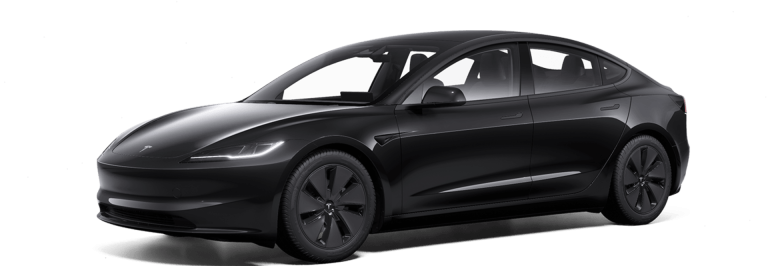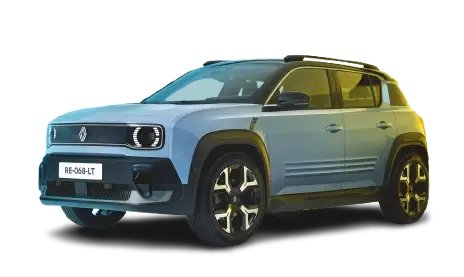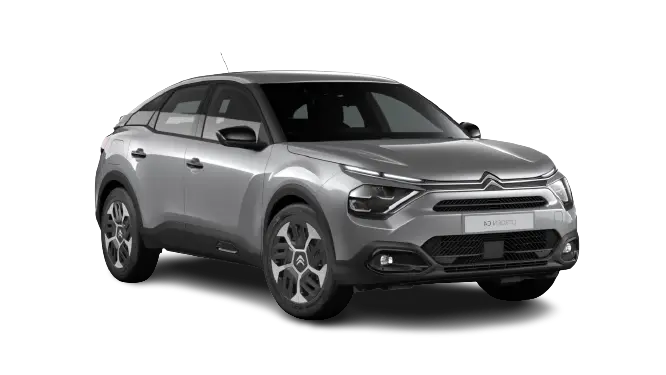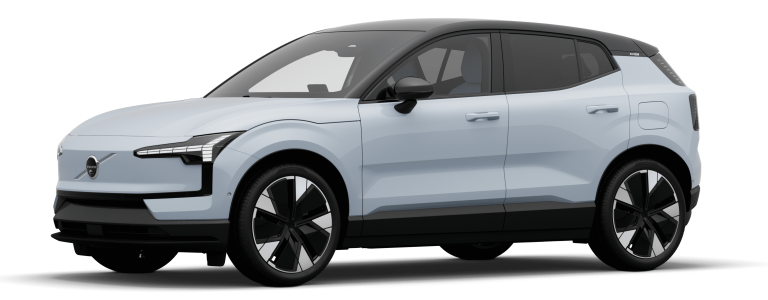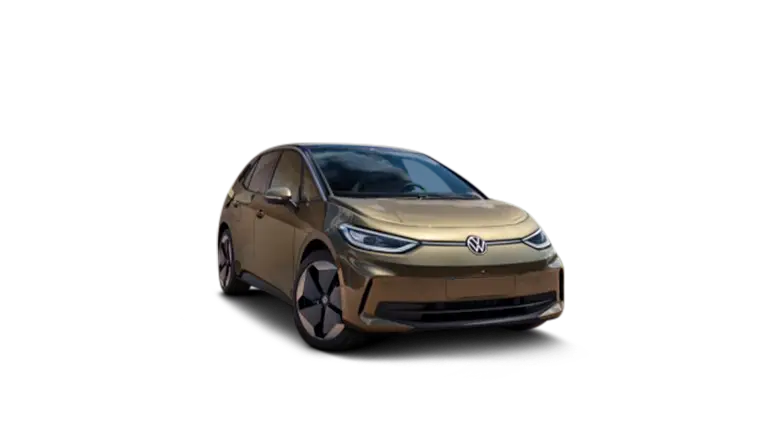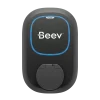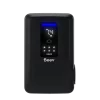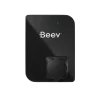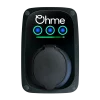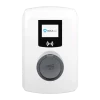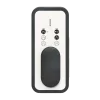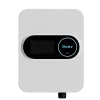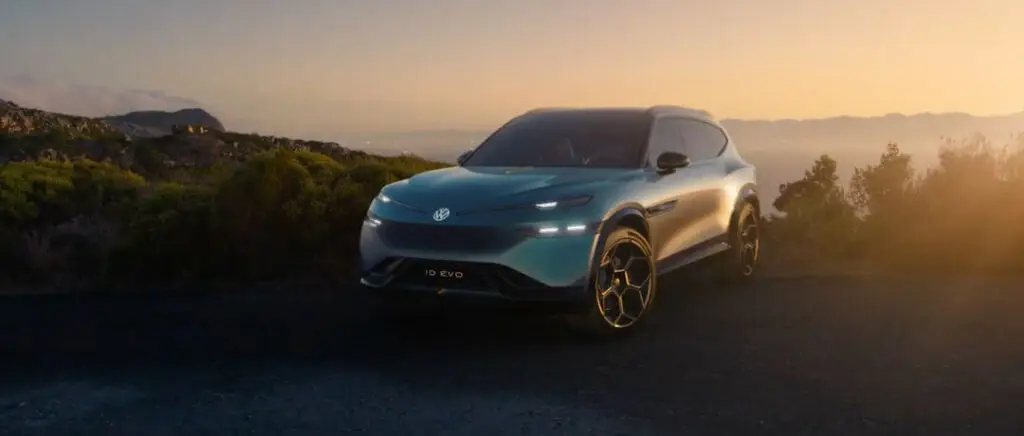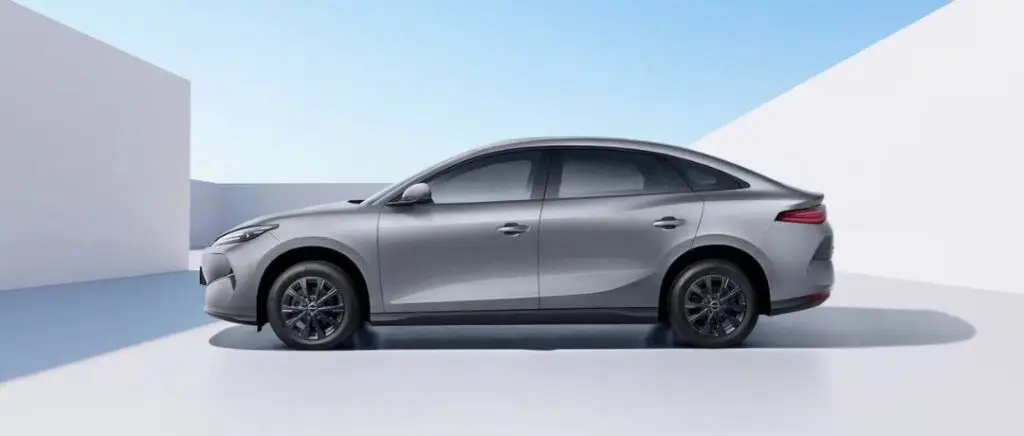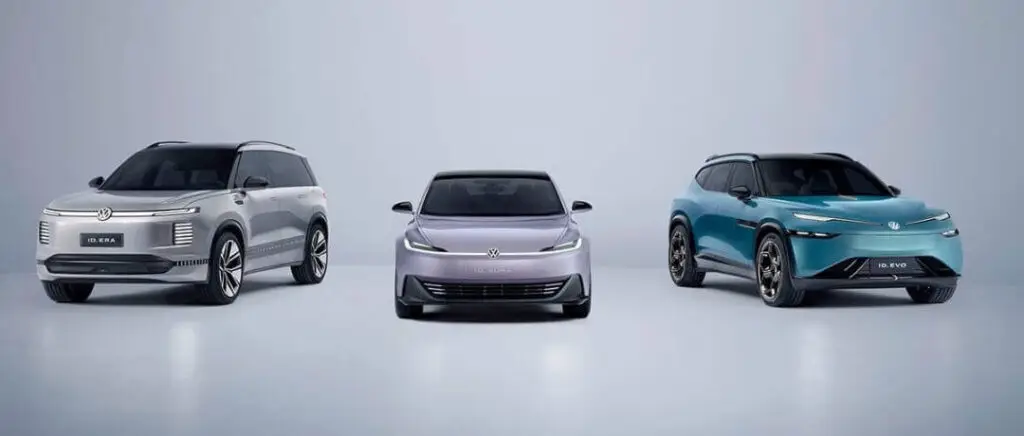What is an electric car motor made of?
An electric car motor consists mainly of a rotor and a stator. The rotor is the moving part of the motor, generally consisting of a magnetic core surrounded by copper wire coils.
The stator, on the other hand, is the fixed part of the motor that surrounds the rotor and is also made up of copper wire coils arranged around it.
When electric current flows through the stator coils, it generates a magnetic field that turns the rotor, and to regulate motor speed and torque, an electronic switch or controller is used to adjust the amount of current sent to the stator coils.
The housing, the motor's external structure, houses all the internal components and protects the motor from the elements.
Depending on cooling requirements, some electric motors can be fitted with cooling systems such as radiators or fans to remove the heat generated during operation.
What's the difference between an internal combustion engine and an electric motor?
The difference between an internal combustion engine and an electric motor in an electric car lies in the way they operate and the energy source they use.
- Heat engine:
- The heat engine converts heat energy into mechanical energy.
- It works by burning fuel (petrol or diesel) in the cylinders.
- Thermal engines generally have a maximum speed of less than 8,000 rpm.
- They have a high power and torque range, but only over a small rpm range.
- They emit noise and vibrations when in operation.
- Their maintenance is more complex because of the sensitive mechanical parts and fluids (oil, fuel) involved..
- Electric motor:
- The electric motor transforms electrical energy into mechanical energy and vice versa.
- It works thanks to the electromagnetic force generated by magnets.
- There are three types of electric motor: DC, synchronous AC and asynchronous AC.
- Electric motors can reach high revs, sometimes up to 16,000 rpm, while maintaining a good level of torque and power throughout this range.
- They are quiet, require little maintenance and have fewer sensitive mechanical parts.
- Electric cars use DC or AC motors.
Basically, the internal combustion engine uses fuel combustion, while the electric motor runs on electricity.
The electric cars prefer electric motors for their efficiency, silence and ease of maintenance.
How does an electric motor work in an electric vehicle?
An electric motor in an electric vehicle works by converting the electrical energy stored in the vehicle's battery into mechanical motion to propel the wheels. Here are the main stages in the operation of an electric motor in an electric vehicle:
- Power supply Electricity is supplied by the vehicle's battery. This battery usually stores electricity in the form of direct current (DC), but it can also be used to store energy in the form of alternating current (AC), depending on the system design.
- Conversion to alternating current If the battery supplies electricity in the form of direct current (DC), a direct-to-alternating current (DC-AC) converter is used to transform the electricity into alternating current (AC). Most electric motors use alternating current to operate.
- Motor activation Once the electricity has been converted into alternating current, it is sent to the electric motor. The motor is equipped with copper wire coils arranged around a stator and a rotor, usually consisting of permanent magnets. When alternating current is applied to the stator coils, a rotating magnetic field is created.
- Rotating the rotor The rotating magnetic field induces a magnetic force in the rotor, causing it to rotate. This rotary motion is transmitted to the vehicle's wheels via an appropriate transmission system, such as a differential and drive shaft, ultimately propelling the vehicle forward.
- Speed and torque control The electric motor can be electronically controlled to adjust rotor speed and torque output. This optimizes vehicle performance under different driving conditions, such as acceleration, braking and cruising.
Electric car motors: what are the advantages?
Performance and energy efficiency
Electric car motors offer several advantages in terms of performance and energy efficiency over traditional internal combustion engines. Here are some of these advantages:
- High energy efficiency Electric motors convert a greater proportion of electrical energy into motion than internal combustion engines, which dissipate much of the energy in the form of heat.
- Instantaneous torque Electric motors deliver maximum torque right from the start, providing fast, smooth acceleration without the ramp-up time required by internal combustion engines.
- Quick response: Electric motors react quickly to commands, resulting in improved driving feel and immediate throttle response.
- Reduced maintenance Electric motors have fewer moving parts and fewer components subject to wear than internal combustion engines, reducing maintenance requirements and associated costs.
- Quiet operation Electric motors are much quieter than internal combustion engines, providing a quieter driving experience and reducing noise pollution.
- No local emissions Electric cars produce no harmful tailpipe emissions, helping to improve air quality in urban areas and reduce the overallcarbon footprint, especially when powered by renewable energy sources.
- Regenerative braking Brake-energy regeneration systems convert part of the car's kinetic energy into electrical energy, which can then be fed back into the battery to extend the vehicle's overallrange.
- Design flexibility Electric motors are more compact and can be arranged more flexibly within a vehicle, giving designers greater freedom to create innovative interior layouts and optimize available space.
Fewer moving parts
With fewer moving parts than internal combustion engines, electric car motors offer greater reliability, reduced maintenance requirements, simpler design and a quieter driving experience.
By eliminating the complexity of piston and valve systems, electric cars benefit from a more efficient and sustainable alternative for vehicle propulsion.
Battery life
The battery life of an electric car motor depends on a number of factors, including battery technology, charging conditions, driving habits and maintenance. Modern lithium-ion batteries are designed to last several years with proper use and maintenance, often covered by warranties of up to 8 years or 160,000 kilometers.
Builders and drivers can adopt practices to extend battery life, such as avoiding repeated full charge cycles and maintaining an optimal charge.
In the event of battery damage, certain replacement or repair options can extend the useful life of the electric vehicle.
Read more: Range, power, battery: how does an electric car work?
What are the different types of electric car motors?
DC motors
DC electric motors are electrical machines that convert electrical energy into mechanical energy. They are powered by a DC power source, such as a battery or rectifier. DC motors are used in a wide variety of applications, from small electronic devices to large electric vehicles.
The operating principle of a DC motor is based on the interaction between a magnetic field and a current-carrying conductor. The magnetic field is created by permanent magnets or electromagnets.
The current-carrying conductor is usually wound around a soft iron core. When current flows through the conductor, it creates a magnetic field which interacts with the magnetic field created by the permanent magnets or electromagnets. This interaction creates a force that turns the motor's rotor.
AC motors
The advent of new advances in power electronics has facilitated the integration of AC motors in electric vehicles. To power asynchronous and synchronous motors efficiently, a system must now include a three-phase inverter between the battery and the motor. This inverter must be capable of switching the current in both directions, enabling the machine to be used in generator mode during deceleration.
To control these motors, two key parameters need to be regulated: the voltage and frequency of the AC signal supplied by the inverter. To adjust the frequency, simply control the six switches with a variable frequency. As for voltage, the inverter must also incorporate a pulse-width modulation (PWM) function to regulate it effectively.
The variable reluctance motor
This motor is based on the reluctance principle, with a rotor consisting solely of laminations and windings in the stator. The main advantage of this type of motor is its low rotor losses, with minimal induced current and relatively low bearing temperatures.
However, despite its attractiveness in terms of cost and manufacturing simplicity, this motor presents challenges, notably in terms of complex control, non-sinusoidal currents, reduced air gap and a specific inverter structure (in 4 or 6 phases) specific to this technology. In addition, issues such as the management of generated noise and significant torque oscillations at low speeds must be taken into account.
The asynchronous motor
In this type of motor, sinusoidal three-phase currents are fed to the stator, creating a rotating magnetic field. This magnetic field induces currents in the rotor, causing it to rotate at a slightly lower speed than the rotating stator magnetic field. The speed difference between these two elements is called slip, and is the main weakness of asynchronous motors: the greater the difference, the lower the motor's efficiency.
This type of motor operates without brushes or magnets, and is equipped with a speed sensor. Although their torque dynamics are less dynamic than those of a magnet machine, they are simpler to control than synchronous machines. Asynchronous motors offer satisfactory efficiency at low loads, but require a small air gap, making them unsuitable for use in wheel motors. They generate significant losses at high torque levels and low rpm (due to rotor magnetization), and tend to be bulkier and heavier than magnet machines.
The synchronous motor
Synchronous motors, characterized by zero slip, are currently attracting the attention of electric vehicle manufacturers due to their superior performance in terms of torque-to-weight ratio, power density and efficiency. These motors fall into two main categories: wound motors and permanent magnet motors.
The wound synchronous motor uses a rotor winding to generate the magnetic field, offering a torque density similar to asynchronous motors. Its control is simpler than that of permanent magnet motors, involving regulation of the rotor field via a low-power electronic regulator and brushes to carry the current to the rotor. Although it has low part-load losses and good efficiency at high load, it takes up more space and offers lower torque dynamics than magnet motors.
Permanent magnet synchronous motors, on the other hand, do not require a rotor winding, making them lighter and free of rotor joule losses, while stator losses are easier to evacuate. These motors offer maximum mass torque for radial flux machines, high torque dynamics and very fast response times.
However, their control is more complex with sinusoidal currents and a position sensor, and they have significant losses at partial load and high rpm. Their cost is also higher due to the price of NdFeB magnets, which account for around 30% of the total manufacturing cost.
Comparison table between different types of electric motors
| DC machine | Wound synchronous machine | Magnet machine | Reluctance machine | Asynchronous machine | |
|---|---|---|---|---|---|
| Compact | - | + | ++ | + | - |
| Low-speed losses | - | + | ++ | + | - |
| High-speed losses | + | ++ | - | ++ | ++ |
| Acoustics | + | + | + | - | + |
| Reliability | - | + | ++ | ++ | ++ |
| Industrial maturity for automotive traction | ++ | + | ++ | - | + |
| Easy to manufacture | - | - | + | ++ | ++ |
| Cost | - | + | - | ++ | ++ |
Conclusion
In conclusion, electric motors are revolutionizing automotive mobility thanks to their efficiency, durability and reduced environmental impact.
With constant innovation and the support of electric mobility experts like Beev, the future looks bright for electric vehicles.the future holds the promise of electric vehicles vehicles.
Ready to go electric? Contact Beev today to find out more!
With Beev
Switch to
Electric car
or install your
Charging station
For individuals and businesses
